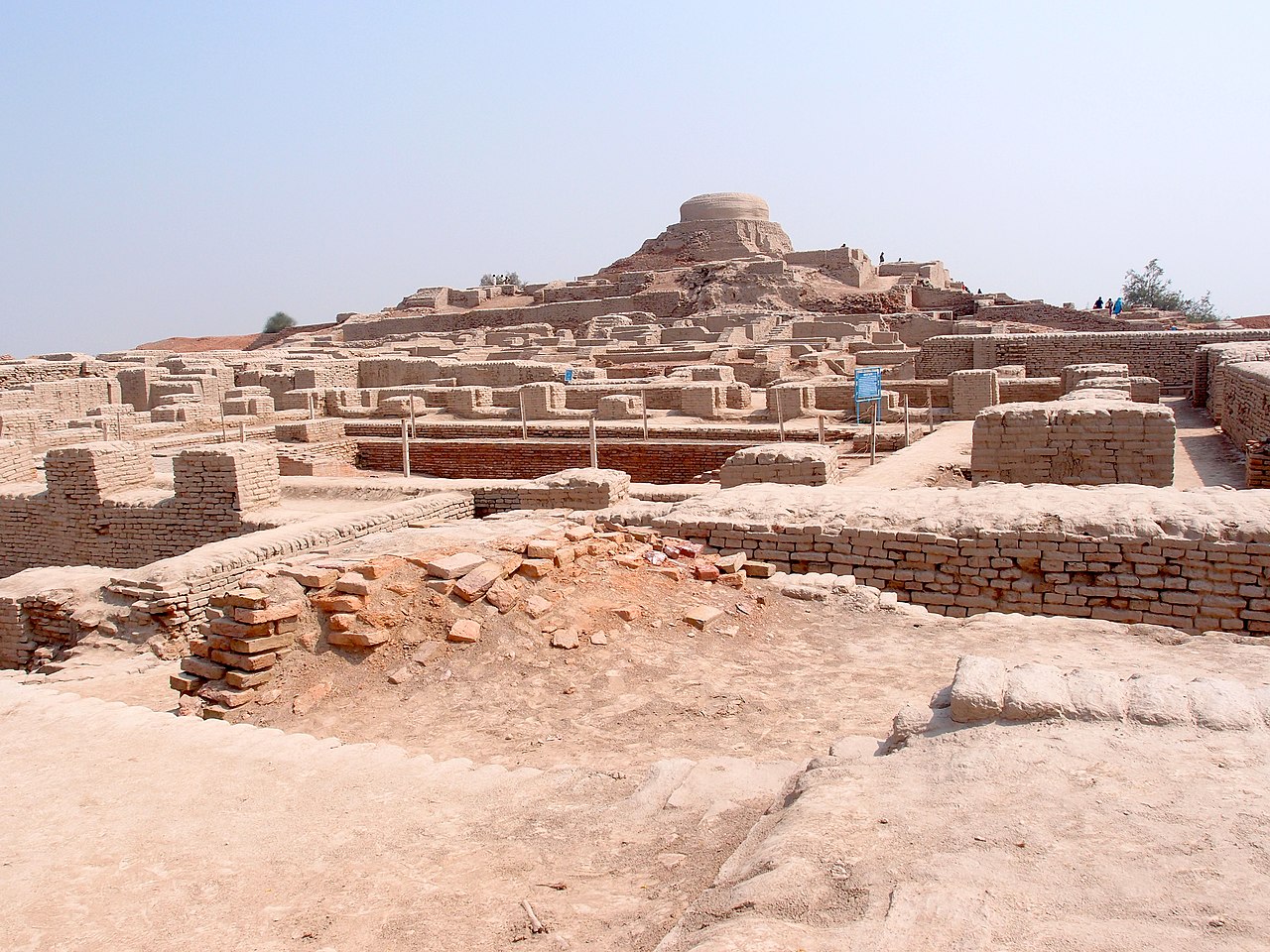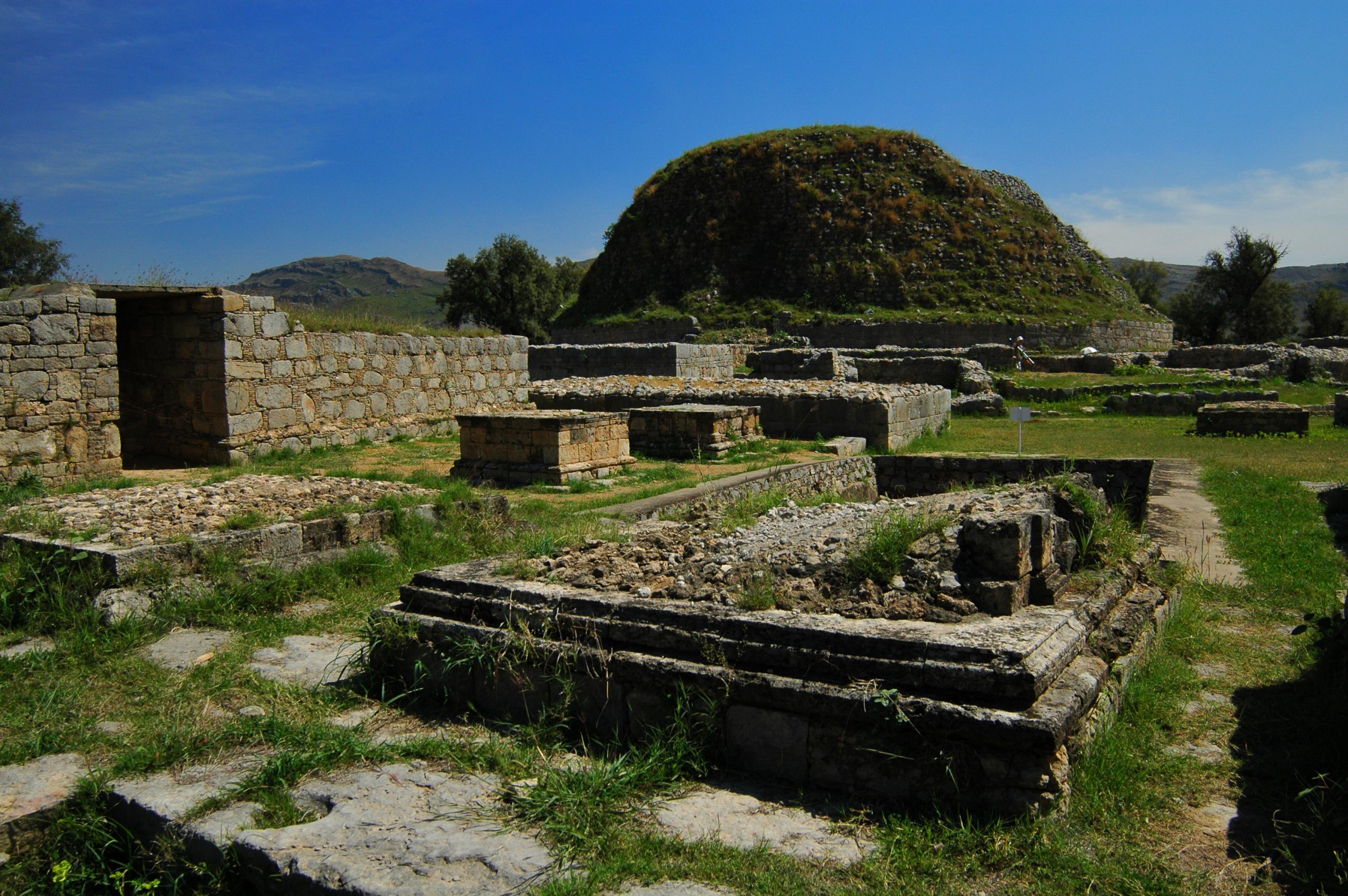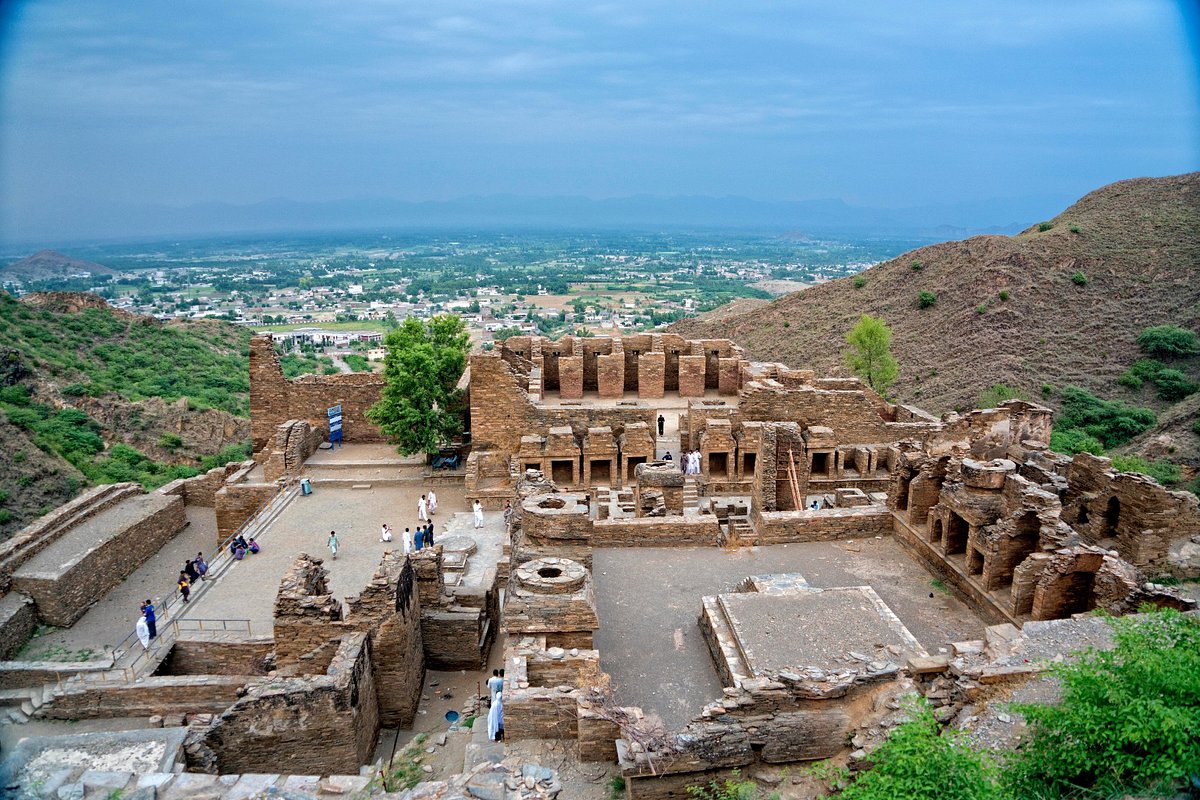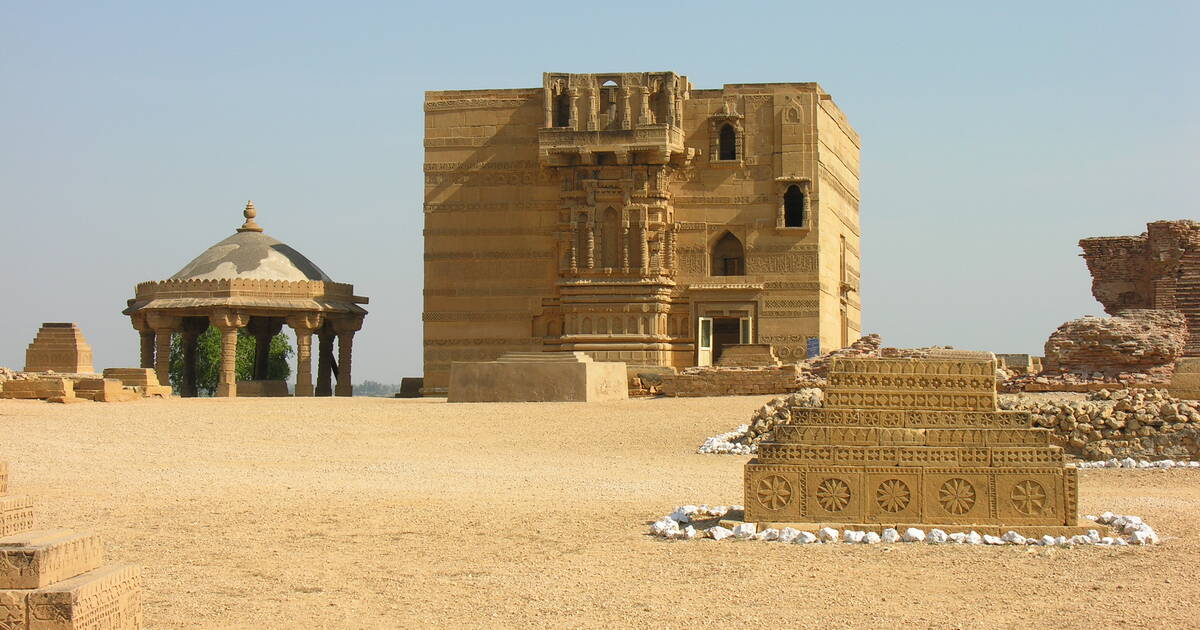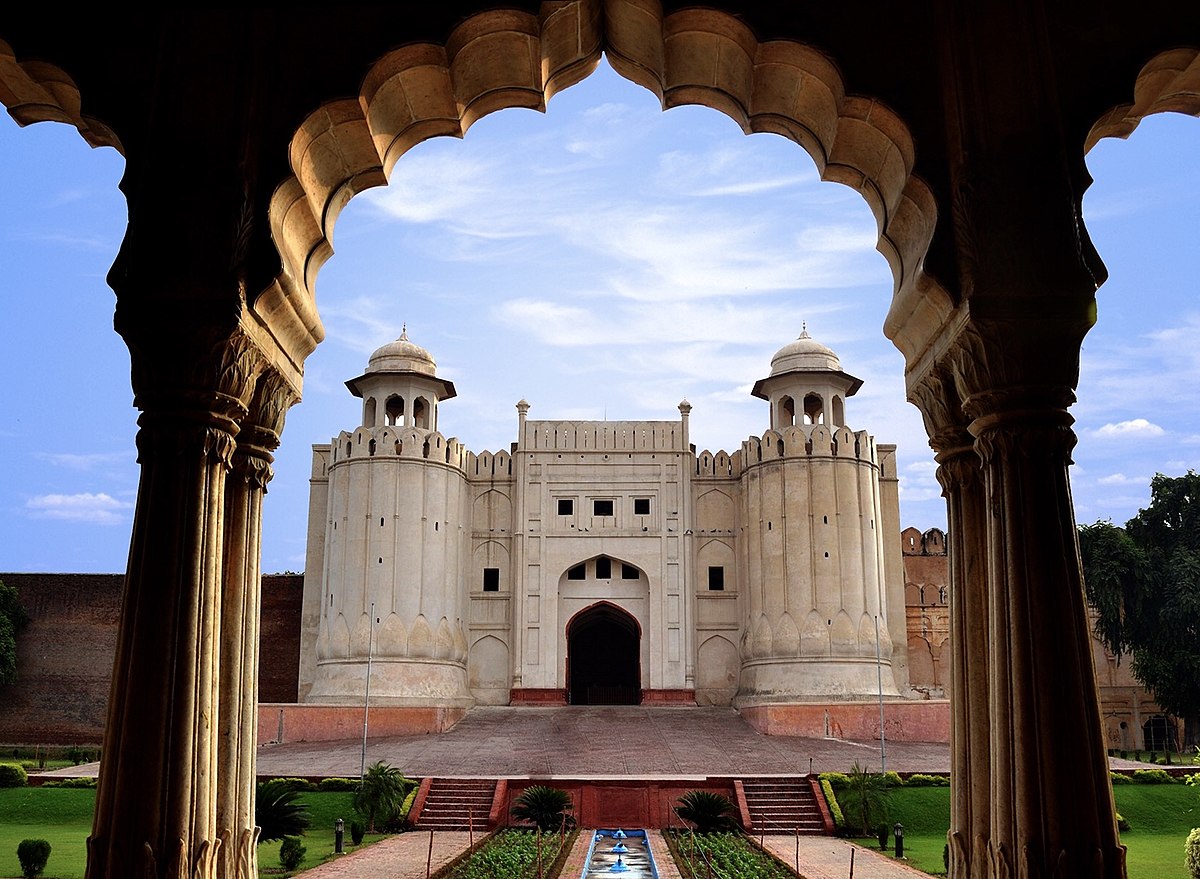UNESCO World Heritage sites
UNESCO World Heritage sites are a testament to the history of the earth and mankind. They document the formation of a country and are integral to its identity. These sites represent authenticity, quality, and diversity through the ages, and are a must-see for anyone interested in exploring the history and culture of a place.
Moenjo daro
Mohenjo-daro, a city of the Indus Valley civilization that flourished between 2500-1500 BCE, was a marvel of ancient South Asian architecture and planning. It was the first city in the region to have a strict grid plan and baked brick construction, and featured public baths, a granary, and a sophisticated drainage system. Excavations at the site have been ongoing since 1922, with only about one third of the city explored so far.
Taxila
Taxila, which was inhabited already in the Neolithic, was an important Buddhist centre of learning between the 5th century BCE and 2nd century CE. The archaeological site comprises the remains of four settlements which reveal the urban development of the site. The city was located on one of the branches of the Silk Road and was influenced by the Achaemenid Empire and by the Greeks. The Bhir Mound is associated with the entrance of Alexander the Great into Taxila in 326 BCE.
Takht-i-Bahi
The Takht-i-Bahi Buddhist monastery is a historic site located in Pakistan, known for its well-preserved monastic cells, temples, stupas, and secular buildings. The monastery was founded in the 1st century CE and remained in use until the 7th century. Its location on the crest of a steep hill provides a stunning view of the surrounding area. The monastery, along with the nearby city of Seri Bahlol from the Kushan period, is considered one of the most significant Buddhist monuments in the Gandhara region.
.
Historical Monuments at Makli, Thatta
Makli is a large necropolis in the city of Thatta. It was active between the 14th and 18th centuries. The monuments and mausoleums are built from high quality stone, brick, and glazed tiles. Tombs of famous saints and rulers including Jam Nizamuddin II and Isa Khan are still preserved and are fine examples of Mughal architecture influenced by local styles.
.
Royal Fort and Shalimar Gardens
The Fort and the Shalimar Gardens in Lahore are two royal complexes from the Mughal era, the extant monuments are from the 16th century, during the reign of Akbar. The Shalamar Gardens were constructed under the emperor Shah Jahan in 1642. They are an example of Mughal gardens which were influenced by Persian and Islamic traditions.
.
Rohtas Fort
The fort was constructed under Sher Shah Suri, following his victory over the Mughal Emperor Humayun in 1541. It is an exceptional example of early Islamic military architecture in the gunpowder era, integrating artistic traditions from Turkey and the Indian subcontinent. It served as a model for the later Mughal architecture. It was never conquered in battle and remains intact today.
What are you waiting for?


